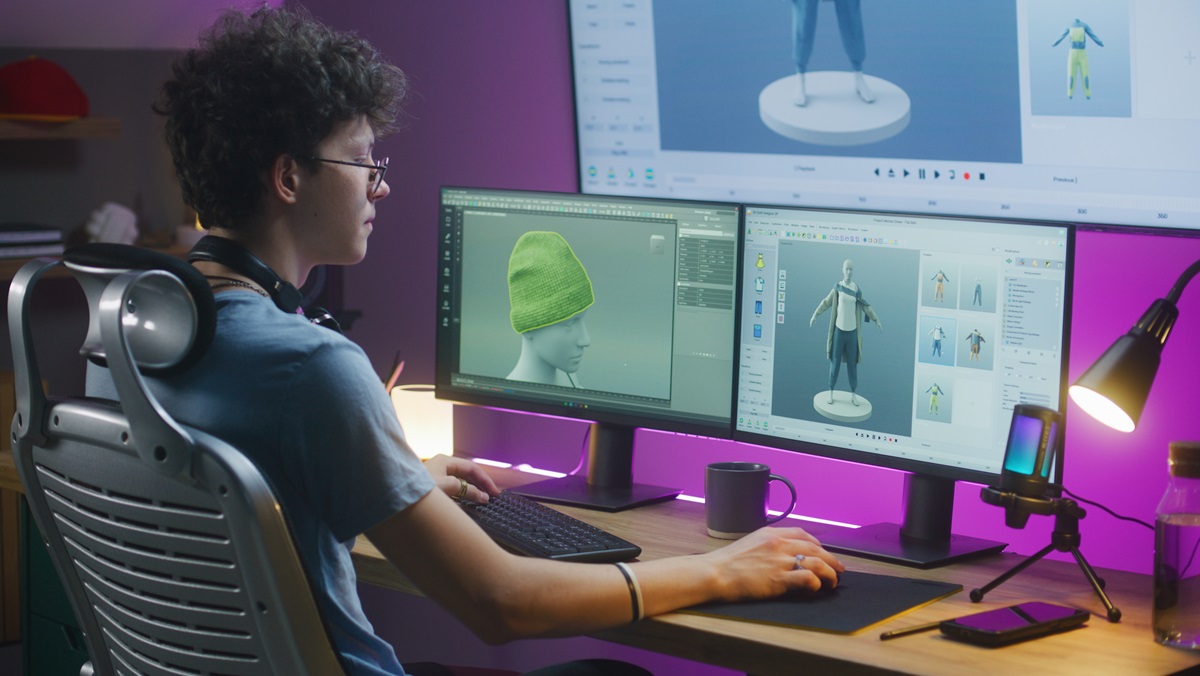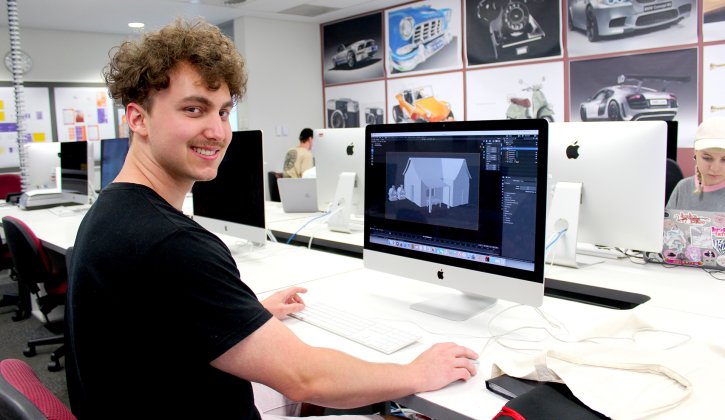The digital world is moving very fast. With it comes new twists between design and technology. The days when designers worked exclusively with pens and paper, or when developers decided to make valuable technology, but not that pretty, have long passed. This is because the modern consumer requires more and more beautiful yet highly functional products and experiences. The consequence has been a set of fascinating new career options directly from this fusion of design and technology. Consider four design careers if you have a solid creative and innovative drive.
Effortless Digital Interactions: The User Experience Designer
In today’s digital goods and services world, the ideal UX will only do so. Users expect to be treated to a pleasant, effortless experience, be it working with software to get something done, buying something on the internet, or navigating through a mobile app. Turning this into reality requires the creative minds of user experience designers.
Role Overview
A UX designer’s role would be to make it easier and ensure that a user benefits from the experience with digital platforms. It examines basic needs through the study of human utilization of the product and devises means to make it more available. You may be required to create wireframes and prototypes or conduct usability studies to uncover weak points in digital product development. They have to put themselves in the user’s shoes by considering the user’s needs in all three aspects: visual appeal, interaction flow, and accessibility.
Required Skillset
User experience designers need a good background in psychology, research, and design principles to know human nature, how people use and interpret computer interfaces, and the challenges of making complicated things more accessible. Knowledge of design tools like Adobe XD, Figma, or Sketch, as well as at least basic knowledge of the basics of web development, such as HTML, CSS, and JavaScript, will help a user-experience designer work effectively with developers.
What Lies Ahead
It will be in high demand when businesses understand what “user-friendly” design truly means. A considerable part of user interactions with any future technology will be designed or dictated by user experience designers, especially with the advent of AI-driven interfaces, VR/AR experiences, and voice-enabled devices. This field opens up many avenues for advancement, whether you work for established IT firms or new ventures as a freelancer.
AR and VR Designer: Creation of Immersive Environments
Games, entertainment, healthcare, and education are among the many sectors in which the edges of the revolution caused by AR and VR are being felt. As AR and VR technology continue to become more sophisticated and find broader applications, the demand for designers who can create immersive experiences using this technology is increasing by leaps and bounds.
Job Description
AR and VR designers build three-dimensional worlds that users may explore using various devices, including smartphones and headsets. Unlike virtual reality, augmented reality lets designers superimpose digital things onto the real environment. Both require an imaginative marriage of technical knowledge and a deep understanding of the principles of space planning.
%20Design.webp)
Required Skillset
Designers who specialize in virtual or augmented reality should master 3D modeling and animation techniques with the help of Blender, Unreal Engine, or Unity. Coding such as C# or JavaScript will often be needed, especially in interactive designs. Designers should be able to understand user experience because motion sickness and confusion arising in poorly constructed virtual reality environments may occur.
What’s Next
Because of this, highly skilled designers in augmented and virtual reality will be sought after, as Meta, usually referred to as Facebook, Google, and Apple, have invested heavily in these technologies. In fact, many believe that in the future, e-commerce, training, and even social media will rely vastly on AR/VR. To people who enjoy innovative technology and captivating stories, this area is exciting and rapidly growing.
Motion Graphics Designer: Breathing Life into Static Designs
This exciting field of motion graphics merges art, animation, and technology to deliver moving images that tell stories. In fact, motion graphics artists are absolutely indispensable for effective message delivery. From smooth transitions in mobile applications to animated logos and infographics used in adverts, traces of this artist’s work can be seen just about everywhere.
Role Overview
Motion graphics designers’ skills find applications on websites, apps, films, television, and social media sites in a mishmash of text, still images, video, and animation. From intros to explainers, adverts, and even full-length animation films, these are well within their grasp. At the core of most of their designs lie the concepts of visual storytelling and animation, even though most of their projects end up digital.

Required Skillset
Skill in design programs including but not limited to Illustrator, After Effects, and Cinema 4D. The ability to create both animation and video editing skills. A motion graphics designer should possess supreme storytelling skills and a deep understanding of visual design concepts, color theory, and typography.
What’s Next
The demand for motion graphics designers has skyrocketed in advertising, media, and academia, which is a good omen for the profession’s future. Since video content still holds the top position in the digital space, companies are investing money in motion graphics to make the content created more exciting and interactive. With the advancement of AR and VR, motion graphics will also be used more to create immersive experiences.
UI/UX Motion Designer: Incorporating Motion to Improve User Experiences
Conventional wisdom holds that motion graphics and UI/UX design are two totally different disciplines. On the other hand, UI/UX motion design fills the gap by integrating animation and interaction design to offer more engaging and interactive user interfaces. In design, this is a young but fast-growing subfield.
About the Role
The aim of user interface and user experience motion designers is to enhance user interfaces by including interactive feedback, transitions, and micro-animations. These above-mentioned animations make digital items not only look better because of visible cues and better navigation but also more usable. These small animations guide users and boost usability, be it a loading spinner or a hover effect.
Required Skillset
Along with these more traditional UI/UX skills, a motion designer will use animation software such as After Effects or Lottie. However, understanding the psychological effects of motion on user behavior is essential. While dealing directly with developers, these designers must have a good grasp of programming or coding, especially in devising complex animations for websites or mobile apps.

What’s Next:
The role of motion in developing more fluid, engaging, and user-friendly interfaces will increase as these technologies evolve. Companies are realizing that with the help of motion design, they can improve user interaction on different platforms like mobile applications, websites, and software. For industries where user-friendliness and simplicity of design play a critical role, this trend is more evident, such as the online retail and video game industries.
The Power of Design and Technology Collaboration
The amalgamation of design and technology dramatically impacts these fields and our interaction with the environment. As digital goods permeate every part of daily life in increasing measure, the demand for designers with solid cross-disciplinary skills will grow accordingly.
Due to this merging, today’s designers also must be flexible. Through it all, mastery of creative and technical design remains critical for users, augmented reality/virtual reality, and motion graphics. Today, more than having an eye for design is needed; you have to understand how technology works around your design to bring it into action.
Conclusion
It’s a world where technology and design are increasingly colliding, and creative types are finding many doors opening. Whether your interest is designing and creating worlds for VR or AR, making websites more user-friendly, or using motion graphics to tell stories, there is fascinating work to explore. Be at the forefront of this fast-growing industry where imagination meets advanced technology to enhance creative skill and technical competence.




Leave a Reply